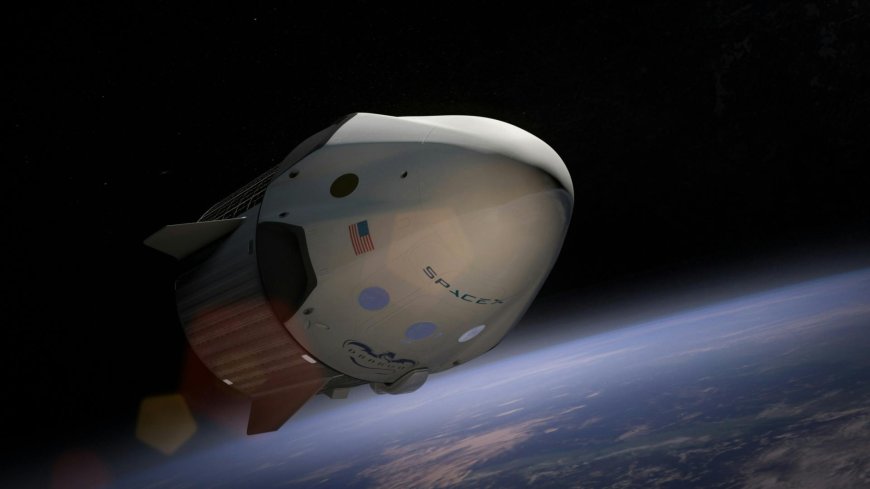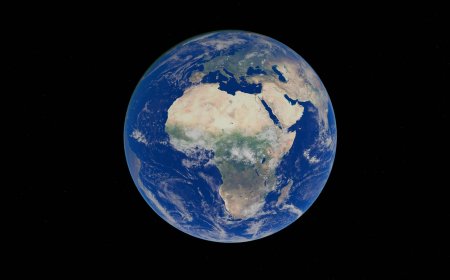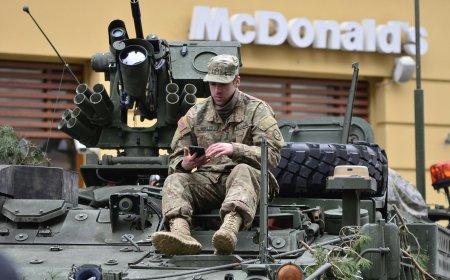Pioneers of Aviation and Space: From Wright Brothers to SpaceX
From the Wright brothers to modern space exploration, discover the pioneers who reshaped flight and expanded humanity’s reach to the stars.

In 1903, on a windswept beach in North Carolina, two brothers launched a machine that barely stayed airborne for 12 seconds. Yet that fragile flight would forever change the human story. Just six decades later, a man stepped onto the Moon. Today, rockets return from orbit and land upright, reusable for another mission.
The leap from the Wright brothers’ wooden flyer to Elon Musk’s SpaceX rockets represents one of the fastest technological revolutions in history. The pioneers of aviation and space not only built machines—they redefined possibility.
The Wright Brothers: Birth of Powered Flight
Wilbur and Orville Wright are often remembered as bicycle makers turned dreamers, but their true gift was persistence. On December 17, 1903, their Flyer lifted off at Kitty Hawk. It was short, shaky, and almost comical to modern eyes—but it proved that controlled, powered flight was possible.
The Wrights’ innovation didn’t just alter transport; it reshaped war, commerce, and communication. By World War I, airplanes had already become weapons of strategy, while airlines would soon shrink the world into hours rather than weeks.

Charles Lindbergh and the Spirit of Adventure
If the Wrights proved flight possible, Charles Lindbergh made it personal. His 1927 solo flight across the Atlantic in the Spirit of St. Louis captured the world’s imagination. Newspapers hailed him as a hero, and millions followed his story.
Lindbergh’s achievement turned aviation into a symbol of courage and progress. Airlines used his fame to market commercial travel, helping transform aviation from an invention into an industry.
Amelia Earhart: Breaking Barriers
While Lindbergh inspired with his daring, Amelia Earhart inspired with her defiance of expectations. In 1932, she became the first woman to fly solo across the Atlantic. Her poise, bravery, and tragic disappearance in 1937 cemented her as both a pioneer and a legend.
Earhart showed that aviation wasn’t just the domain of men—it was a frontier open to anyone with determination. For women around the world, she remains an enduring symbol of possibility.
From War Machines to Jet Age
World War II accelerated aviation technology at breathtaking speed. Engineers developed faster, higher-flying aircraft, including the first jet fighters. After the war, these innovations spilled into civilian life.
The Jet Age was born. By the 1950s, airlines like Pan Am carried passengers across oceans with unprecedented speed and comfort. What had been an adventure reserved for the brave became an accessible reality for millions.

The Space Race: From Gagarin to Armstrong
As the Jet Age matured, a new frontier beckoned—space. The Cold War rivalry between the United States and the Soviet Union fueled the Space Race, a competition that pushed humanity beyond Earth.
- 1961: Yuri Gagarin became the first human in orbit, a triumph for the USSR.
- 1969: Neil Armstrong and Buzz Aldrin walked on the Moon, fulfilling President Kennedy’s audacious promise.
- Apollo missions: Not only achieved lunar landings but inspired generations with images of Earth from space.
The pioneers of space were not just astronauts but engineers, mathematicians, and scientists who worked behind the scenes. Their work proved that humanity could leave its home planet.
Storytelling: A Child Watching the Moon Landing
In July 1969, a 10-year-old girl in Melbourne sat cross-legged in front of a black-and-white television. As Neil Armstrong stepped onto the lunar surface, she whispered, “If we can walk on the Moon, what else is possible?”
Decades later, she became an aerospace engineer. For her—and millions like her—the Moon landing was not just history. It was a personal spark, igniting dreams that shaped careers, industries, and imaginations.
Space Shuttle and International Cooperation
After Apollo, the focus shifted from single triumphs to sustained exploration. The Space Shuttle program launched in 1981, enabling reusable spacecraft that ferried astronauts, satellites, and the Hubble Space Telescope into orbit.
Later, the International Space Station (ISS) embodied cooperation rather than rivalry. Built by the US, Russia, Europe, Japan, and Canada, the ISS symbolized what humanity could achieve when nations worked together in space.
The New Space Age: Musk, Bezos, and Beyond
Today, a new wave of pioneers has emerged—not governments, but private entrepreneurs. Elon Musk’s SpaceX revolutionized rocketry with reusable boosters, cutting costs dramatically. Jeff Bezos’ Blue Origin pursues space tourism, while other startups dream of asteroid mining and lunar bases.
This era differs from the Cold War’s space race. It is not about ideology—it is about economics, innovation, and the belief that humanity’s future lies beyond Earth.
Lessons from the Pioneers
The story of aviation and space is more than a timeline of machines. It is a story of human traits:
- Persistence – the Wrights rebuilt again and again.
- Courage – Lindbergh and Earhart defied danger.
- Vision – Kennedy’s moonshot galvanized a nation.
- Innovation – engineers from the Jet Age to SpaceX reimagined what was possible.
These qualities remind us that breakthroughs are rarely smooth—they are born from trial, error, and extraordinary determination.
Conclusion: The Sky Is Not the Limit
From Kitty Hawk to the Moon, and from the Shuttle to Mars ambitions, pioneers of aviation and space have stretched the boundaries of human existence. Their legacy isn’t just the machines they built, but the belief they instilled: that the impossible is only temporary.
As humanity stands at the threshold of a new space age, one truth endures. Every great leap began with someone daring to imagine more.
FAQs
1. Who were the first pioneers of aviation?
The Wright brothers, who achieved the first powered, controlled flight in 1903.
2. Why is Amelia Earhart famous?
She was the first woman to fly solo across the Atlantic, breaking gender barriers in aviation.
3. What was the Space Race?
A Cold War competition between the US and USSR that led to milestones like Gagarin’s orbit and the Apollo Moon landings.
4. What is SpaceX’s biggest achievement?
Developing reusable rockets, dramatically reducing the cost of space launches.
5. How did aviation change daily life?
It transformed travel, commerce, and communication, making the world more connected than ever before.
আপনার প্রতিক্রিয়া কী?
 পছন্দ
0
পছন্দ
0
 অপছন্দ
0
অপছন্দ
0
 ভালোবাসা
0
ভালোবাসা
0
 মজার
0
মজার
0
 রাগান্বিত
0
রাগান্বিত
0
 দুঃখজনক
0
দুঃখজনক
0
 বাহ
0
বাহ
0



























































